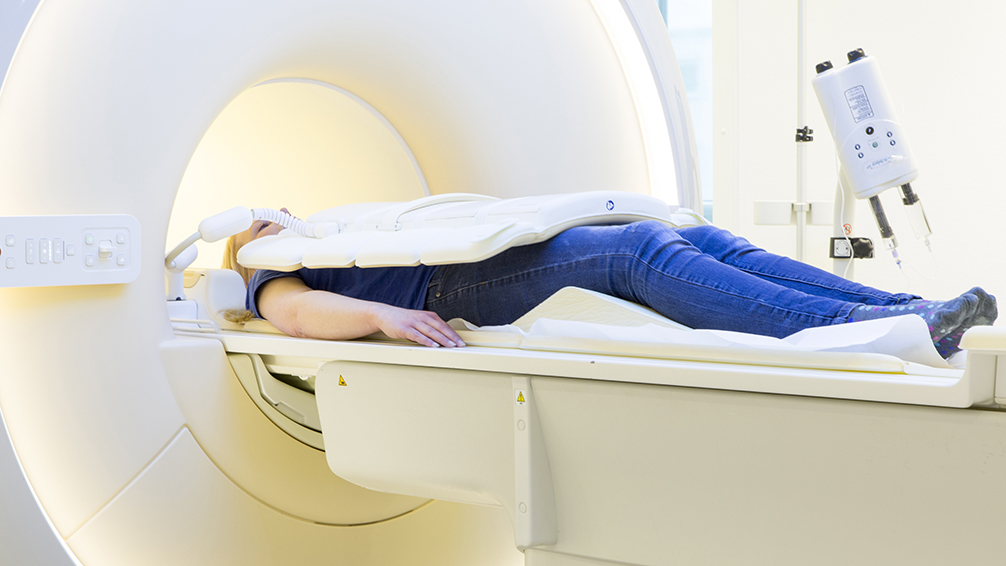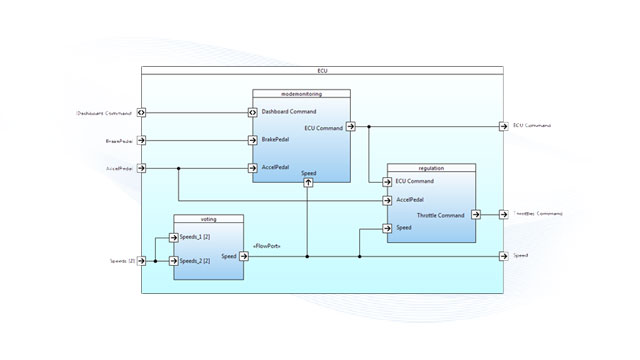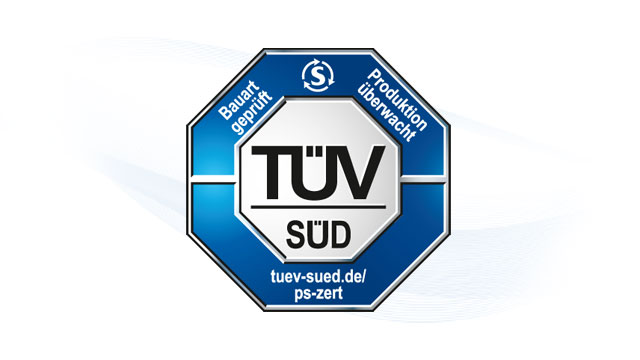For the highest requirements in the development, verification and approval of safety-critical applications and systems
Safety- and mission-critical software development
CADFEM/Ansys products and services help you meet safety-related approval requirements for embedded systems with up to 85% less certification effort. Automated certification steps are closely coordinated with standards.
General introduction to embedded system development
Safety- or mission-critical software applications (embedded software) are subject to strict certification and approval requirements. Systematic errors must be demonstrably excluded, which increases the process, development and verification effort.
- Testing and verification processes being carried out consistently at model level
- Reliable error identification right in the prototyping and design phase
- Initial avoidance of many error classes through the formal approach and automatic code generation (using a DO-330 TQL-1 tool)
- Less static code analysis and fewer code reviews and module tests
- Highly automatable integration tests


- Short and direct design cycles
- Consistent approach from the requirements to the documented application
- Incorporation into continuous integration strategies
- Comprehensive support and documentation (approvals strategy, tool qualification, design, testing)
- Faster development and greatly simplified verification and validation activities,
resulting in efficient workflows - Identical, demonstrably unambiguous and complete models, requirements, codes and documentation
- Proven strategies, certification kits and planning documents (development plan, test plan, etc.)


Complete solutions for the highest requirements
Ansys and CADFEM provide complete solutions for the graphical creation, verification and automatic generation of safety-critical system and software applications with high requirements with respect to functional safety, robustness and reliability. The relevant requirements are defined in standards issued by various safety authorities:
• DO-178C to Level A – (Aerospace & Defense)
• IEC 61508 to SIL 3 – (Industrial/Generic Functional Safety)
• EN 50128 to SIL 3/4 – (Rail Transportation)
• IEC 60880 compliance – (Nuclear Energy)
• ISO 26262 to ASIL D – (Automotive)

Related Seminars & Webinars
Added value through Ansys SCADE products
Here you will find our products for the creation, verification and automatic generation of safety-critical system and software applications
Customer Examples
More simulation applications
Our simulation solutions cover a wide spectrum of physics.
For the most important domains of physics, there are also specific applications that go much further in-depth.
CADFEM covers practically all of them. With software and technical expertise.











